Imagine you are in a room full of people, and everybody is talking. Even if you cannot clearly hear every word of a conversation, you can still grasp and understand the topic. This is error correction on the fly, something that we humans naturally do with help of the redundancy that is embedded in our language. Michael Lentmaier’s field of research, error correcting codes or channel coding, is a technique that detects and corrects errors whenever electronic devices transmit or store data.
Michael Lentmaier is an Associate Professor at the Department of Electrical and Information Technology at Lund University. He received his PhD in telecommunication theory from Lund University in 2003. After being a Postdoctoral fellow in the US, working with the German Aerospace Center (DLR), and heading the Algorithms and Coding research group at TU Dresden, he joined his doctoral alma mater and ELLIIT in 2013.
– To understand each other in the noisy room, it will not help if all people just talk louder, since the message will just drown out. This is a type of disturbance you can find in communication systems, where users around you interfere in the data transmission. You can also repeat the transmission, but repeated transmissions negatively affect the bit-rate and hence the energy efficiency. Error correction coding protects data against disturbances more efficiently than repetition, and improves the balance between achievable data rate and required energy consumption for reliable transmission, Michael Lentmaier further explains.
To see how this works, consider the Swedish personal number that includes a control number to satisfy a specific check equation. If you get one of the ten numbers wrong, this check is violated and the mistake can be detected. More generally, error correction can be achieved with a system of multiple check equations that can be solved to find the value and position of the error.
Where did you find your interest in this specific research area?
– Since my PhD studies, and influenced by my supervisor at that time, I have been fascinated by the elegance and beauty of information theory. I am interested in the fundamental limits of communication, both the ultimate theoretical limits by Shannon, but also technical limitations. As engineers, we are naturally interested in constantly improving existing systems. But 50 years from now, which research results from today will be remembered? Along our way, we sometimes have to follow paths that are not obvious at all and explore the unknown. Curiosity is what drives my interest in research.
What are your current projects?
– I have two ongoing projects that are related to error correcting codes in different ways: in one project, funded by Vetenskapsrådet (VR), we study how principles from coding theory can be used to improve machine learning algorithms. An SSF-mobility grant enables me to extend my experience in academia to industry and work on the standardization of 6G and Wi-Fi. Working on current systems puts the practical relevance of your work to the test. Being an electrical engineer places you at the intersection of technology and mathematics, still realizing that you always need an analog signal for transmitting digital data.
You are also director of the masters program on wireless communications at Lund University. What is the best part about teaching and working with educational programs?
– Teaching and being a program director are two different tasks, but interconnected. It is a privilege to experience the diversity within an international program. After more than ten years, it is still fascinating to see how each batch of students is different. Teaching is important to be a good researcher, and vice versa. We prepare the upcoming researchers in the field, which is a win-win, and an opportunity to teach a culture of combined education, research, and work.
And finally, what do you enjoy doing in your free time outside of academia?
– I like swimming, music, and spending time with my family; my wife, 6-year-old son, and our dog.
Contact and more
Read more about Michael Lentmaier’s research and projects, and find contact information in the Lund University research portal.
Previous Meet the Recruited Faculty
See more interviews from our series Meet the Recruited Faculty here.
